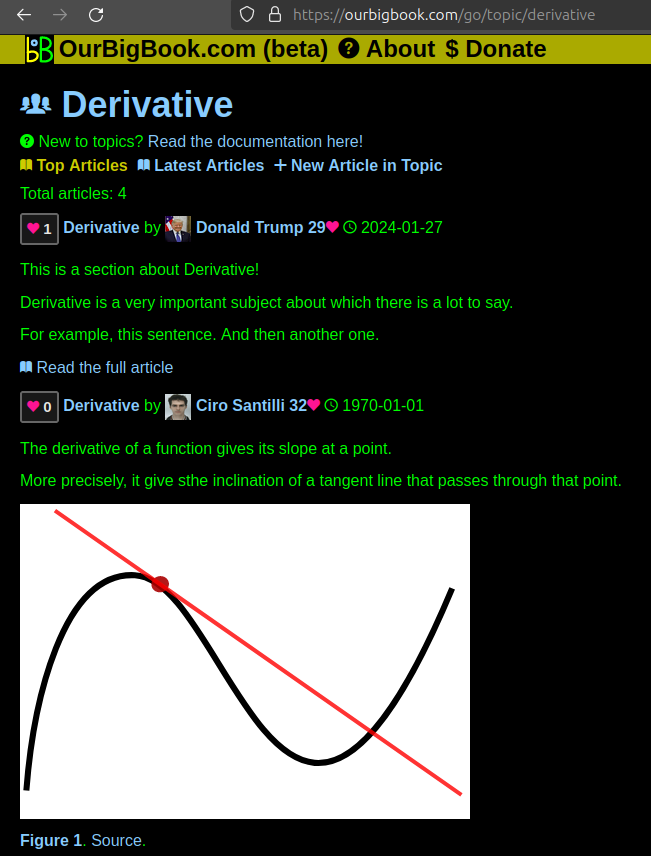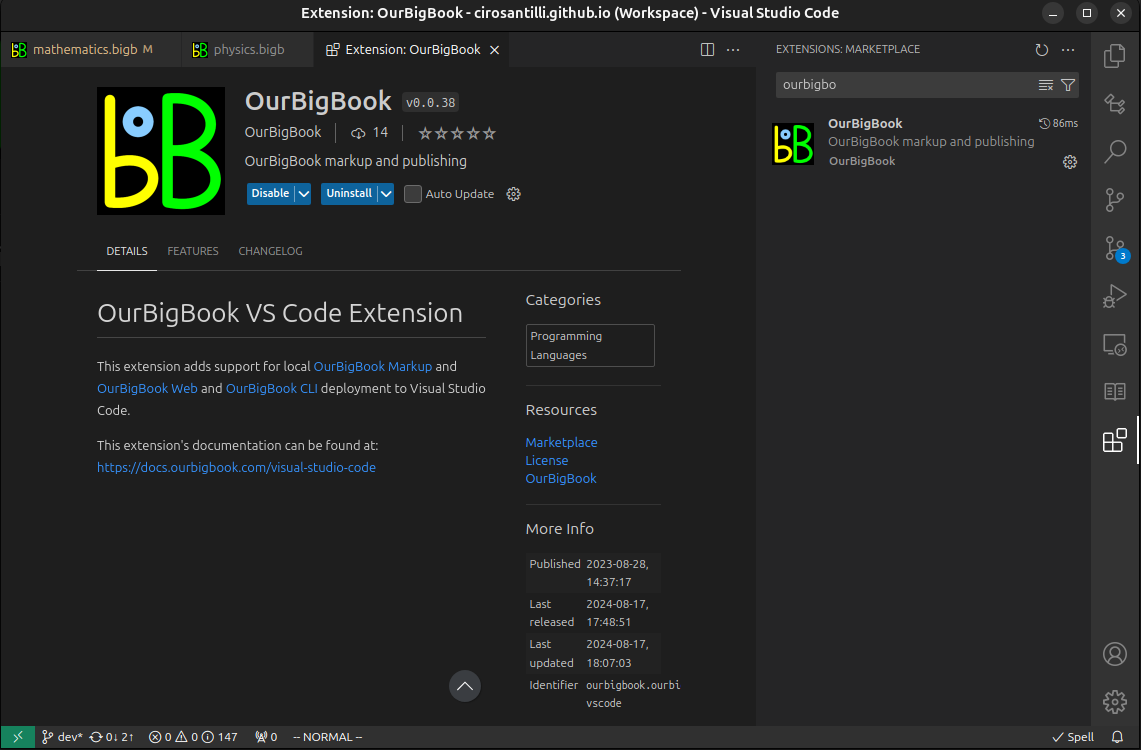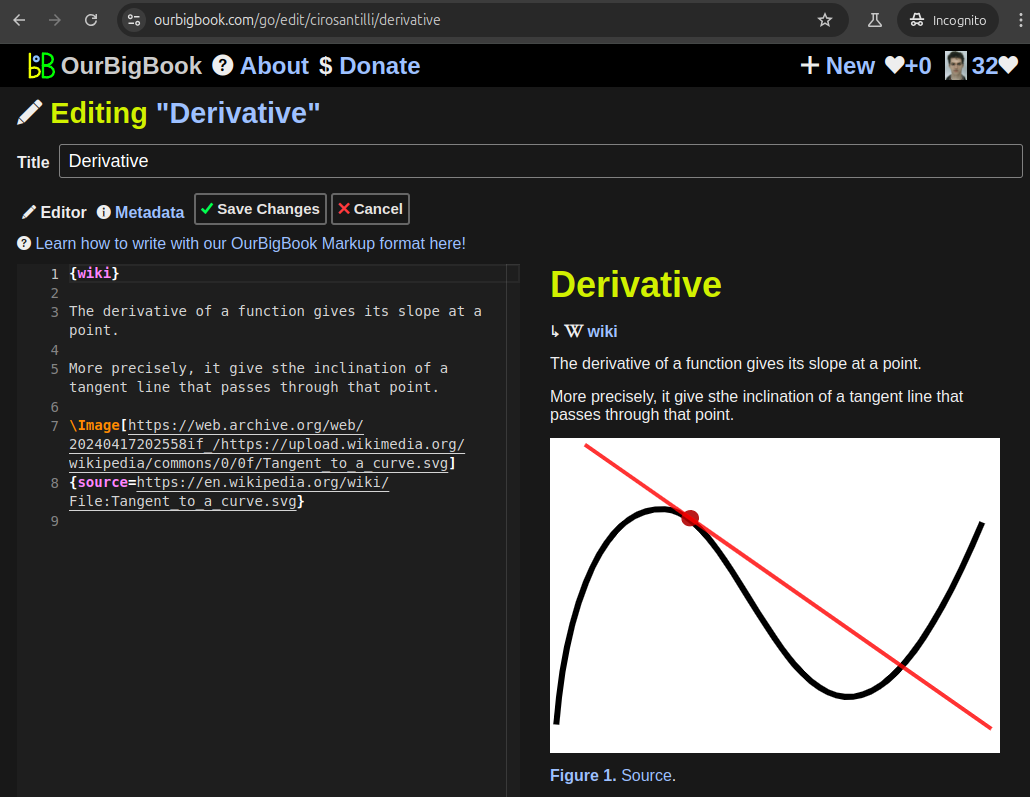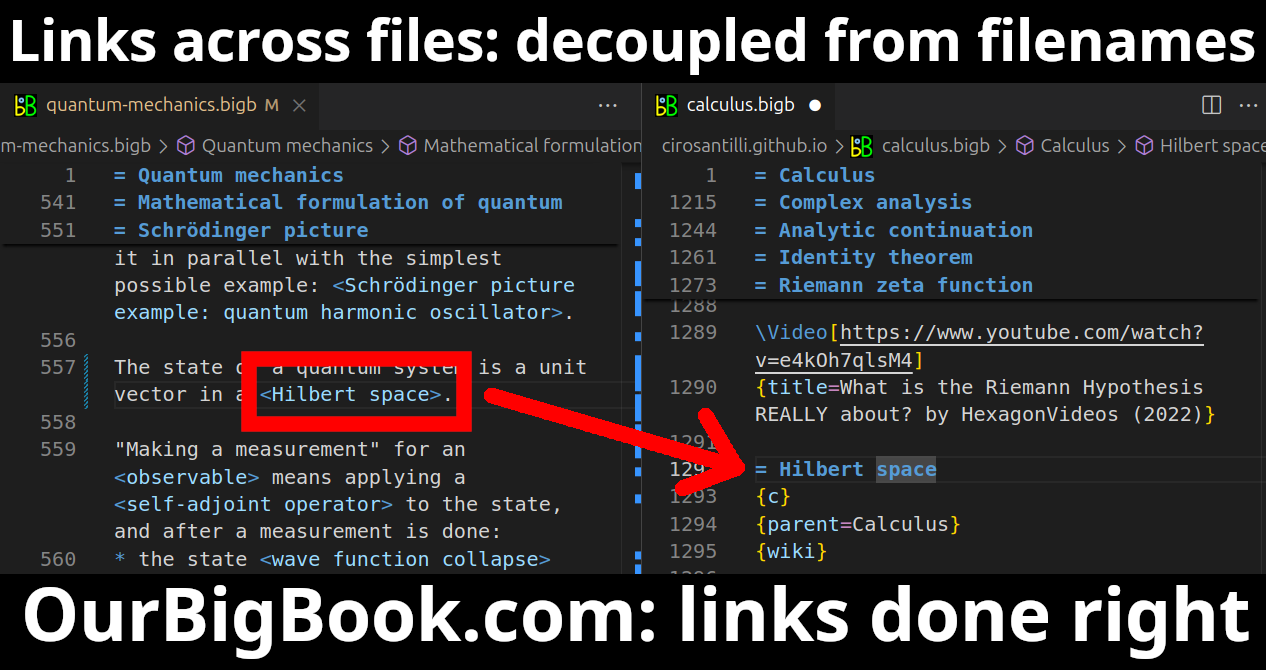Graph paper is a type of paper that is printed with a grid of fine lines, creating a series of small squares or rectangles. These grids can vary in size and spacing, depending on the intended use of the paper. The lines are usually light enough to be easily ignored or drawn over while still providing a helpful guide for drawing shapes, graphs, diagrams, and charts. Graph paper is commonly used in mathematics and engineering to plot functions, draw geometric shapes, and create scale models.
Mechanical systems drawing refers to the creation of technical illustrations and blueprints that represent mechanical components and systems. These drawings are essential in engineering and manufacturing for depicting how mechanical parts fit together and operate. ### Key Aspects of Mechanical Systems Drawing: 1. **Types of Drawings:** - **2D Drawings:** These are flat representations that show the dimensions and shapes of mechanical parts from different views, typically including top, front, and side elevations.
The "smallest things" can refer to various concepts depending on the context: 1. **Microscopic Scale**: In biology and microbiology, the smallest living organisms are generally considered to be certain bacteria and viruses. For example, bacterial cells are typically on the order of a few micrometers, and viruses can be even smaller, measured in nanometers.
Homochirality refers to the phenomenon where biological molecules, such as amino acids and sugars, exhibit a preferential uniformity in their chirality, meaning they exist in one specific enantiomeric form rather than a mixture of both. In molecular chemistry, chirality describes the property of a molecule that is not superimposable on its mirror image, much like left and right hands.
Newton's theorem, often referred to as the "Newton's theorem on ovals," relates to the properties of an oval, particularly in the context of projective geometry and combinatorial geometry. The theorem essentially states that given a set of points in the plane, if these points are located on a smooth convex curve (an oval), then there exists a certain relationship concerning the tangents, secants, and other lines drawn from these points.
The Mohr–Mascheroni theorem is a result in geometry that states that it is possible to construct any length using only a compass, without the need for a straightedge. This theorem is named after the German mathematician Max Mohr and the Italian mathematician Giovanni Mascheroni, who independently proved this result. The theorem can be surprising because traditional geometric constructions often rely on both a compass and a straightedge.
The statement "five points determine a conic" refers to a fundamental result in projective geometry. It states that given any five points in a plane, no three of which are collinear, there exists a unique conic section (which can be an ellipse, parabola, hyperbola, or degenerate conic) that passes through all five points.
Spatiotemporal gene expression refers to the regulation of gene expression in both space (spatial) and time (temporal) within a biological system. This concept emphasizes that genes are not expressed uniformly throughout an organism or tissue at all times; rather, their expression can vary based on location and developmental stage. ### Key Aspects of Spatiotemporal Gene Expression: 1. **Spatial Variation**: - Gene expression can differ in various tissues, organs, or cellular compartments.
Grid cells are specialized types of neurons found in the entorhinal cortex of the brain, particularly involved in spatial navigation and the cognitive mapping of the environment. They play a crucial role in providing a metric for spatial navigation, helping to create a coordinate system that allows for the representation of space. Key characteristics of grid cells include: 1. **Hexagonal Grid Pattern**: The firing pattern of grid cells forms a hexagonal grid.
Spatial contextual awareness refers to the ability of a system or individual to understand and interpret the spatial relationships and contexts of objects, events, or phenomena within a given environment. This concept is commonly applied in various fields such as robotics, augmented and virtual reality, geographic information systems (GIS), and smart environments. Key aspects of spatial contextual awareness include: 1. **Location Understanding**: Recognizing where objects or users are located within a specific space.
Isomerism is a phenomenon in chemistry where two or more compounds have the same molecular formula but different structural arrangements of atoms. This results in distinct physical and chemical properties among the isomers. Isomers can be categorized into two main types: 1. **Structural Isomers (or Constitutional Isomers)**: These isomers differ in the connectivity of their atoms. There are several subtypes, including: - **Chain Isomerism**: Different arrangements of the carbon skeleton (e.g.
In carbohydrate chemistry, an anomer is a specific type of stereoisomer known as an epimer that differs in configuration at the anomeric carbon atom. The anomeric carbon is the carbon that was the carbonyl carbon (aldehyde or ketone) in the open-chain form of the sugar. When a sugar cyclizes to form a ring, the carbonyl carbon becomes a chiral center, and the two possible configurations at this carbon lead to two different anomers.
Enantiomer self-disproportionation is a phenomenon observed in asymmetric reactions where a racemic mixture (a 1:1 mixture of two enantiomers) separates into two fractions that have differing concentrations of the enantiomers. In simpler terms, it describes a process in which two enantiomers in a mixture can separate such that one of the enantiomers is more prevalent in one portion of the mixture than in the other.
The term "Eudysmic ratio" is not widely recognized in mainstream scientific literature, and it may not refer to a well-defined concept in fields such as biology, medicine, or related sciences. It could be a term used in a specific niche or by a particular research group.
Mutarotation is a phenomenon observed in solutions of certain carbohydrates, primarily reducing sugars, where the optical rotation of the solution changes over time until it reaches a stable equilibrium. This change in optical rotation occurs due to the interconversion between different anomeric forms of the sugar, particularly in the case of aldoses and ketoses. In aqueous solution, many aldoses can exist in two cyclic forms (anomers): the alpha (α) and beta (β) forms.
Optical rotation, also known as optical activity, is the phenomenon where the plane of polarized light is rotated when it passes through certain substances. This effect is observed when light interacts with chiral molecules — that is, molecules that cannot be superimposed on their mirror images, similar to how left and right hands are different.
Protein secondary structure refers to the local folding and spatial arrangement of the polypeptide chain into specific structural motifs. It is one of the levels of protein structure, following the primary structure (the sequence of amino acids) and preceding the tertiary structure (the overall three-dimensional shape of a single polypeptide).
The term "serine octamer cluster" generally refers to a specific arrangement or grouping of serine amino acids, often in the context of protein structure or function. In biochemistry and molecular biology, serine is one of the 20 standard amino acids, characterized by its polar side chain, which contains a hydroxyl group (-OH). This property makes serine important in various biological processes, including enzyme catalysis and post-translational modifications (such as phosphorylation).
The term "progressive function" can refer to different concepts depending on the field of study. Here are a few interpretations: 1. **Mathematics:** In a mathematical context, a "progressive function" is often not a standard term. However, it might refer to a function that increases in a certain way, such as being a monotonically increasing function.
Sudoku Mania typically refers to a heightened interest or enthusiasm for the game of Sudoku, a popular logic-based puzzle. In this context, it may also denote specific events, tournaments, or themed productions related to Sudoku, such as apps, websites, or books that offer a variety of Sudoku puzzles.
Pinned article: Introduction to the OurBigBook Project
Welcome to the OurBigBook Project! Our goal is to create the perfect publishing platform for STEM subjects, and get university-level students to write the best free STEM tutorials ever.
Everyone is welcome to create an account and play with the site: ourbigbook.com/go/register. We belive that students themselves can write amazing tutorials, but teachers are welcome too. You can write about anything you want, it doesn't have to be STEM or even educational. Silly test content is very welcome and you won't be penalized in any way. Just keep it legal!
Intro to OurBigBook
. Source. We have two killer features:
- topics: topics group articles by different users with the same title, e.g. here is the topic for the "Fundamental Theorem of Calculus" ourbigbook.com/go/topic/fundamental-theorem-of-calculusArticles of different users are sorted by upvote within each article page. This feature is a bit like:
- a Wikipedia where each user can have their own version of each article
- a Q&A website like Stack Overflow, where multiple people can give their views on a given topic, and the best ones are sorted by upvote. Except you don't need to wait for someone to ask first, and any topic goes, no matter how narrow or broad
This feature makes it possible for readers to find better explanations of any topic created by other writers. And it allows writers to create an explanation in a place that readers might actually find it.Figure 1. Screenshot of the "Derivative" topic page. View it live at: ourbigbook.com/go/topic/derivativeVideo 2. OurBigBook Web topics demo. Source. - local editing: you can store all your personal knowledge base content locally in a plaintext markup format that can be edited locally and published either:This way you can be sure that even if OurBigBook.com were to go down one day (which we have no plans to do as it is quite cheap to host!), your content will still be perfectly readable as a static site.
- to OurBigBook.com to get awesome multi-user features like topics and likes
- as HTML files to a static website, which you can host yourself for free on many external providers like GitHub Pages, and remain in full control
Figure 3. Visual Studio Code extension installation.Figure 4. Visual Studio Code extension tree navigation.Figure 5. Web editor. You can also edit articles on the Web editor without installing anything locally.Video 3. Edit locally and publish demo. Source. This shows editing OurBigBook Markup and publishing it using the Visual Studio Code extension.Video 4. OurBigBook Visual Studio Code extension editing and navigation demo. Source. - Infinitely deep tables of contents:
All our software is open source and hosted at: github.com/ourbigbook/ourbigbook
Further documentation can be found at: docs.ourbigbook.com
Feel free to reach our to us for any help or suggestions: docs.ourbigbook.com/#contact






